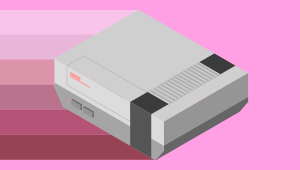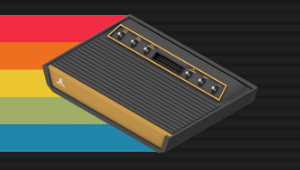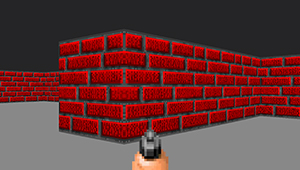- 35 hours on-demand video content
- Lifetime access
- Live meetup
- Downloadable resources and exercises
- Certificate on completion
- Access on mobile and desktop
- Secure checkout via Credit Card or PayPal
- 14-day money back guarantee
- Last updated December 2025
PS1 Programming with MIPS Assembly & C
Learn to program games for the original Sony PlayStation console using MIPS assembler & the C programming language
$99.99
ENROLL NOW FREE PREVIEW
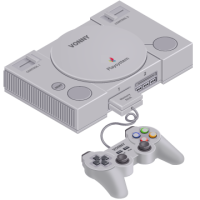
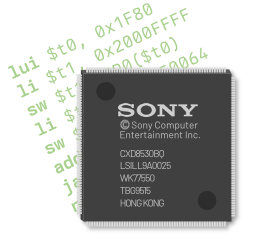

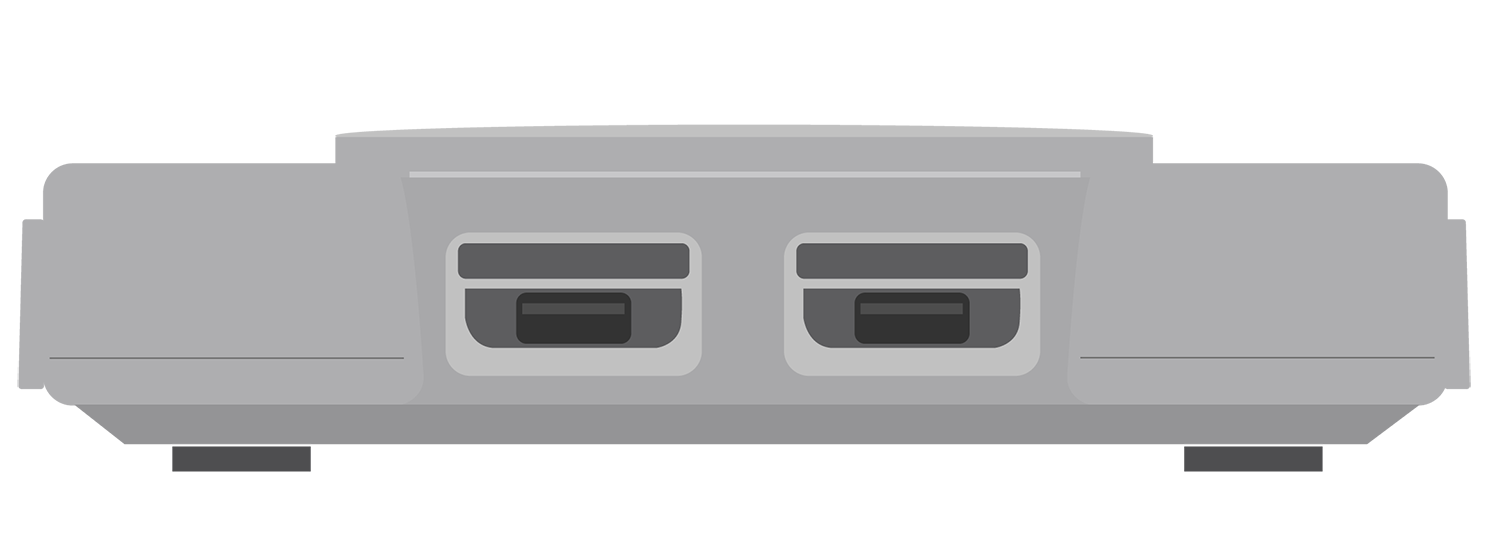
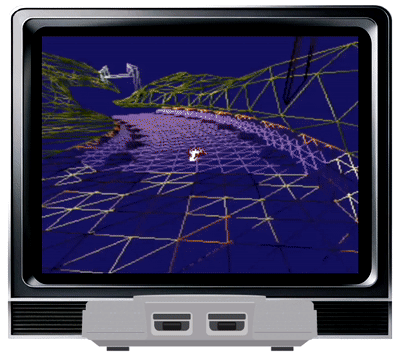





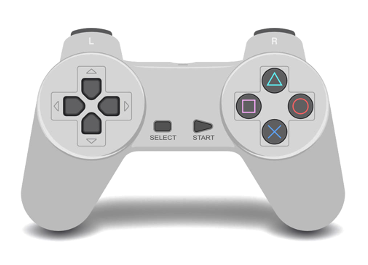

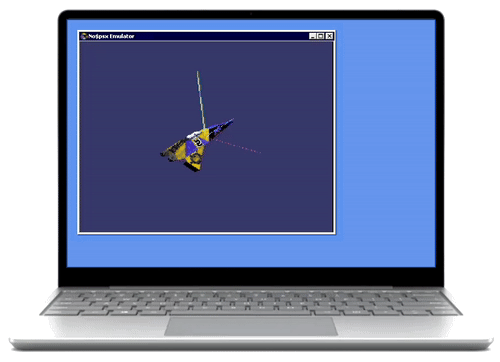
 We don't offer discounts on our courses. Ever.
We don't offer discounts on our courses. Ever.


